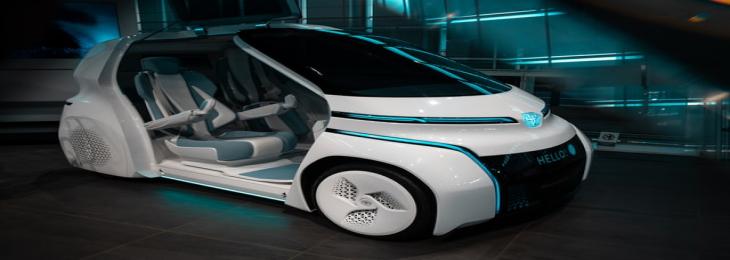Apr, 2021 - By WMR

The horizontal type module produces 60 or 80 kW of power at 400-750 volts. The module consists of the fuel cell stack itself, as well as an air compressor, boost converter, water pump and BYO hydrogen tank, cooling system, and air cleaner.
Fuel cells produce electricity from hydrogen, so they are an integral part of the powertrain of hydrogen-powered electric vehicles and electric aircraft. However, these cells can also be useful for other systems. Toyota has installed a module that consumers can buy more or less as a crate engine, ready for use on any device which consumer would like to use to power hydrogen. Toyota has heavily invested in hydrogen cells, as well as in the Kia/Hyundai - which reflects the commitment of the Japanese and Korean governments to work towards a hydrogen energy economy. As one of the companies that produce fuel cells on the scale, it seeks to provide an easy way for other companies to buy and use its technology.
Therefore, it has been announced that its purpose for making "FC Modules" (the fuel cell stack, as well as a water pump, air compressor, and boost converter, are all installed in this module) can be easily integrated into cars, buses, trucks, trains, stationary generators, ships, and any other appropriate application. Each module contains a large number of fuel cells, an energy converter, an air converter, a hydrogen pump and a water pump, wrapped in a treasure box. Users will need to bring their own hydrogen tanks, as well as fresh air and a cooling circuit. The output of the power supply, which operates between 400 V and 750 V, can be transferred to a buffer battery or run directly into the work circuit depending on what users are doing.

We will be happy to help you find what you need. Please call us or write to us: